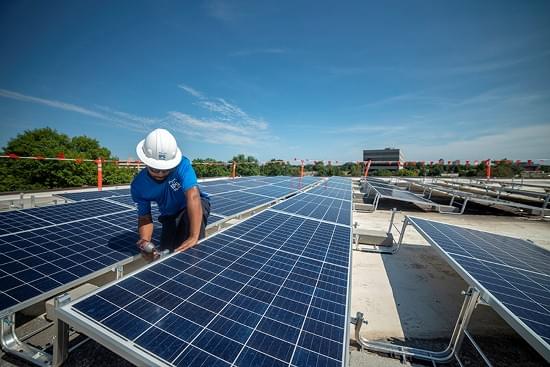This video gets into two significant reasons why women dread the rise of sexbots. Sex robots are a mystique and a new innovation that will revolutionize how we consider sexual dynamics. Due to today’s gender war and rise of sexless men AI technologies are now hitting the market with a boom. While still overpriced an uncommon here in the U.S the artificial intelligence technogies are sure to make your experience more lifelike.
Links:
(Greater Wisdom Patreon)
https://www.patreon.com/user?u=65975600
(Greater Wisdom MGTOW.TV)
https://www.mgtow.tv/@GreaterWisdom.
(Greater Wisdom Blogs)
http://www.greaterwisdomblogs.com/



